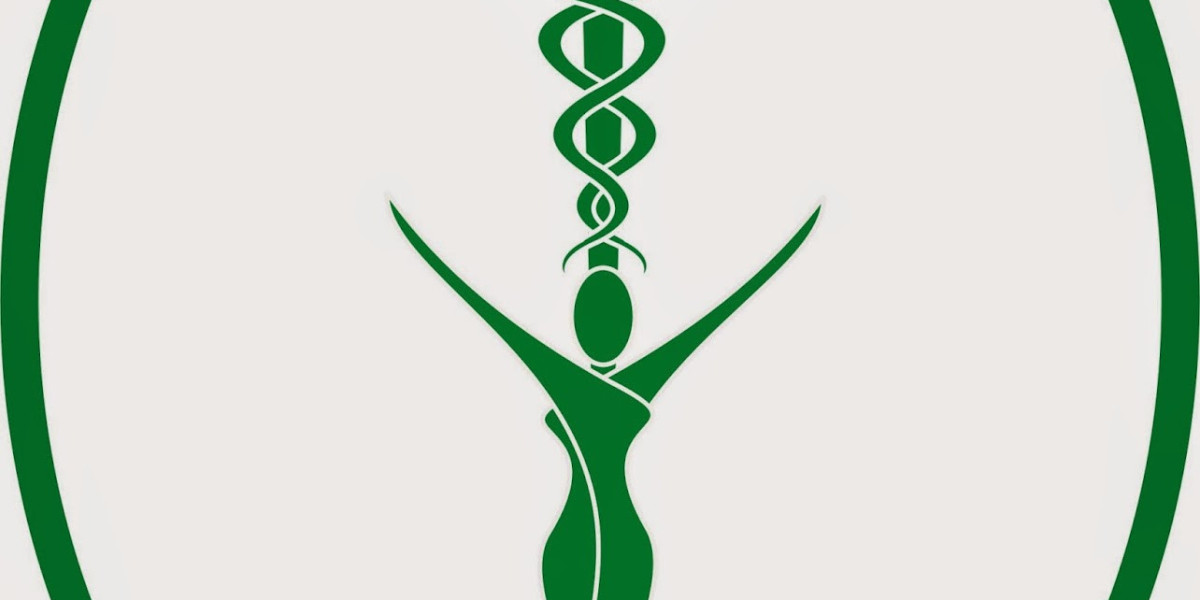Pulsed light therapy is an innovative treatment that has gained significant attention in the field of dermatology. This non-invasive procedure utilizes specific wavelengths of light to target various skin concerns, promoting skin rejuvenation and overall health. But how exactly does pulsed light therapy work, and what benefits does it offer?

Understanding Pulsed Light Therapy
Pulsed light therapy, often referred to as intense pulsed light (IPL), involves the emission of high-intensity light pulses that penetrate the skin's surface. This treatment is designed to address a variety of skin issues, including:
- Sun damage
- Age spots
- Rosacea
- Acne scars
- Fine lines and wrinkles
By targeting the melanin and hemoglobin in the skin, pulsed light therapy effectively reduces pigmentation and improves skin texture. The light energy is absorbed by these pigments, leading to their destruction and subsequent removal by the body’s natural healing processes.
How Does Pulsed Light Therapy Work?
The mechanism behind pulsed light therapy is fascinating. When the light is applied to the skin, it generates heat, which stimulates collagen production. Collagen is a vital protein that helps maintain skin elasticity and firmness. As we age, collagen production decreases, leading to sagging and wrinkles. Therefore, by enhancing collagen synthesis, pulsed light therapy can significantly improve skin appearance.
Moreover, the treatment is customizable. Practitioners can adjust the wavelength and intensity of the light based on individual skin types and concerns. This personalization ensures optimal results while minimizing potential side effects.
Benefits of Pulsed Light Therapy
There are numerous benefits associated with pulsed light therapy, making it a popular choice among those seeking skin rejuvenation:
- Non-invasive: Unlike surgical procedures, pulsed light therapy requires no downtime, allowing patients to resume their daily activities immediately.
- Quick treatment sessions: Most sessions last between 20 to 30 minutes, making it a convenient option for busy individuals.
- Long-lasting results: Many patients experience significant improvements after just a few sessions, with results lasting for months.
- Minimal side effects: Side effects are typically mild and may include temporary redness or swelling.
Is Pulsed Light Therapy Right for You?
While pulsed light therapy offers many advantages, it is essential to consult with a qualified dermatologist to determine if it is suitable for your skin type and concerns. They can provide personalized recommendations and ensure that you achieve the best possible results.
For those interested in exploring pulsed light therapy further, consider visiting for more information on available treatments and products.
In conclusion, pulsed light therapy is a powerful tool in the realm of skin rejuvenation. By understanding its mechanisms and benefits, individuals can make informed decisions about their skincare treatments. Whether you are looking to reduce signs of aging or improve skin texture, pulsed light therapy may be the solution you have been searching for.








